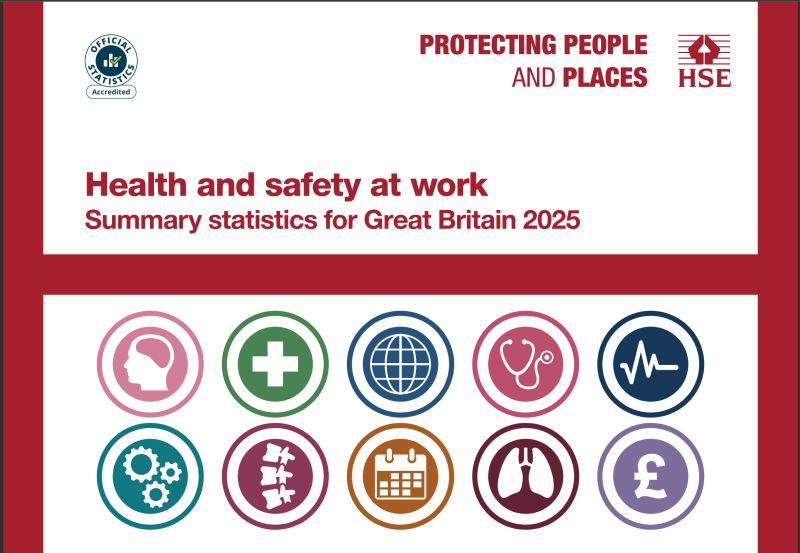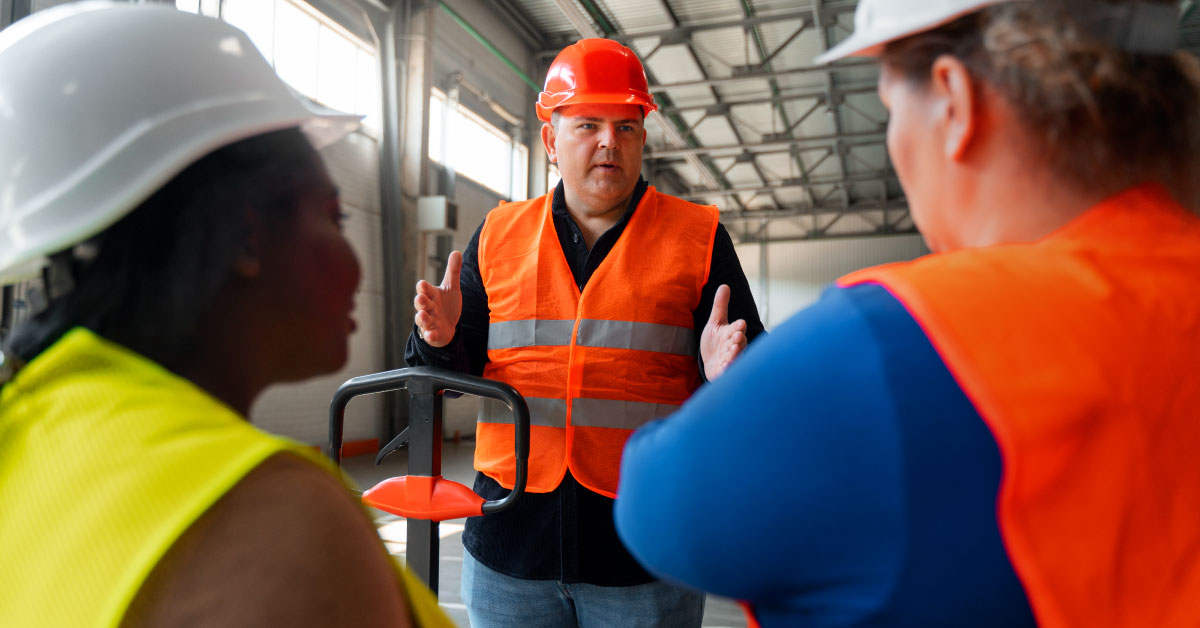It’s human nature to look for the quickest, easiest path — we are hardwired to conserve effort and energy. Psychologists refer to this as taking the route of least resistance, and while this instinct once served us well for survival, it can create serious challenges in today’s workplaces, especially when it comes to health and safety.
At Acadame, we believe that understanding this natural tendency is crucial for designing safety systems that not only protect people but also genuinely work in real-world conditions. Let’s explore why this matters and how we can shift from simply mandating safe behaviour to designing environments that encourage it.
What is the Route of Least Resistance?
When faced with options, most people will instinctively choose the path that requires the least effort. In a work setting, this might look like:
- Cutting across a busy warehouse rather than following a designated safe walking route that feels like a detour.
- Climbing onto the first available surface rather than fetching proper access equipment.
- Carrying too many items in one trip instead of making multiple safe trips.
These choices aren’t usually made out of disregard for safety — they are often unconscious, driven by convenience and time pressure.
Why This Matters for Health & Safety
If your safety systems depend entirely on workers always making the safest choice — especially when that choice feels awkward or more time-consuming — they are likely to fail. The route of least resistance tells us that when safe options are seen as “the long way round” or “more hassle,” people will naturally find shortcuts.
This doesn’t mean we can always make the safest route the easiest, but we must ensure it doesn’t feel unnecessarily difficult or frustrating. Our goal should be to remove barriers and reduce resistance so that the safe option is the logical, default choice.
Examples of Aligning Safety Design
Here’s where good design and planning come in. Safety professionals and business leaders should ask: Are our systems set up to encourage safe behaviours, or do they inadvertently make them harder?
Practical examples:
Safe walking routes:
Instead of placing pedestrian walkways around the perimeter of a site (where they are likely to be ignored), design them through the centre of high-footfall areas, directly connecting entry points and key workstations.
Access equipment:
Rather than storing ladders or step stools in a distant storeroom, place them near areas where workers frequently need to reach high items. If the proper equipment is right there, it becomes the default choice.
Tool and PPE placement:
Store essential PPE and frequently used tools at point-of-use, not in a central store far from work areas. If people have to walk across site to get gloves or eye protection, many simply won’t.
Housekeeping design:
Position waste bins and recycling points at logical, easy-to-reach locations to prevent clutter and reduce slip and trip risks. When bins are too far away, rubbish is often left where it shouldn’t be.
Manual handling aids:
Provide trolleys, dollies, or mechanical lifts exactly where heavy items are stored or moved. If aids are readily available and easy to use, they are far more likely to be used.
The Challenge: We Can’t Always Make Safety the Easiest Route
While we strive to make safety as effortless as possible, there are situations where it will never be the absolute “easiest” option. In these cases, our responsibility is to avoid making it unnecessarily difficult or burdensome.
This involves:
- Designing procedures that are practical and realistic.
- Engaging workers in developing solutions so they feel ownership and understand the “why” behind them.
- Continuously reviewing and improving systems to reduce friction and resistance.
Rethinking Our Role as Safety Leaders
As safety leaders, we must go beyond creating rules and start designing environments that work with human behaviour rather than against it. We should be asking:
- Are we designing our workplaces to guide people naturally toward safer decisions?
- Have we unintentionally made safe options more complex than they need to be?
- How can we integrate safety into daily routines instead of adding extra steps?
Empowering Safety Through Knowledge
A big part of driving this cultural shift is education. The NEBOSH National General Certificate in Occupational Health & Safety is an excellent foundation for professionals looking to lead this change.
This globally respected qualification equips learners with:
- A deep understanding of human factors and behaviour.
- Practical skills to assess real-world risks.
- Tools to design systems that encourage and embed safe practices.
Let’s Build Workplaces That Work for People
We can’t change human nature — but we can change the systems, processes, and environments people work in. By acknowledging the route of least resistance and designing around it, we make it far more likely that the safe way becomes the normal way.
Ready to Lead the Change?
Join us and learn how to shape safety systems that work with human behaviour, not against it. The NEBOSH National General Certificate is your first step to building a truly resilient, practical, and positive safety culture.




